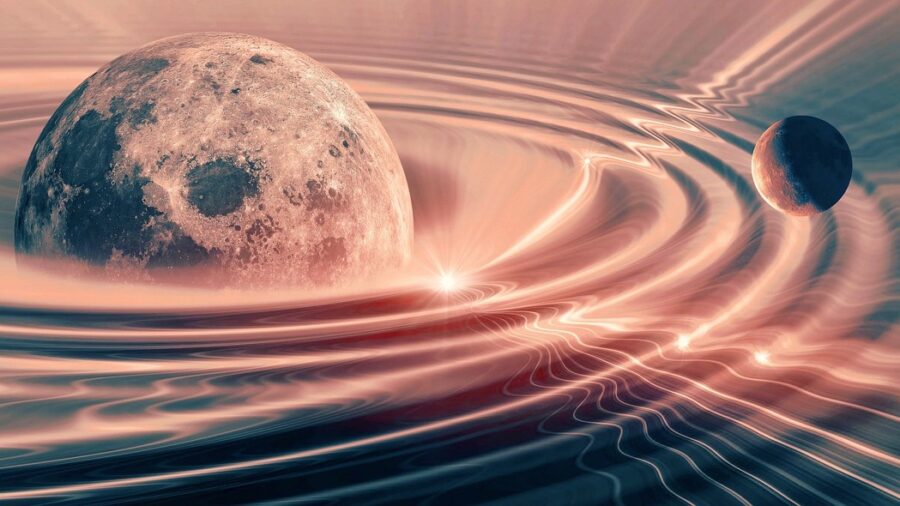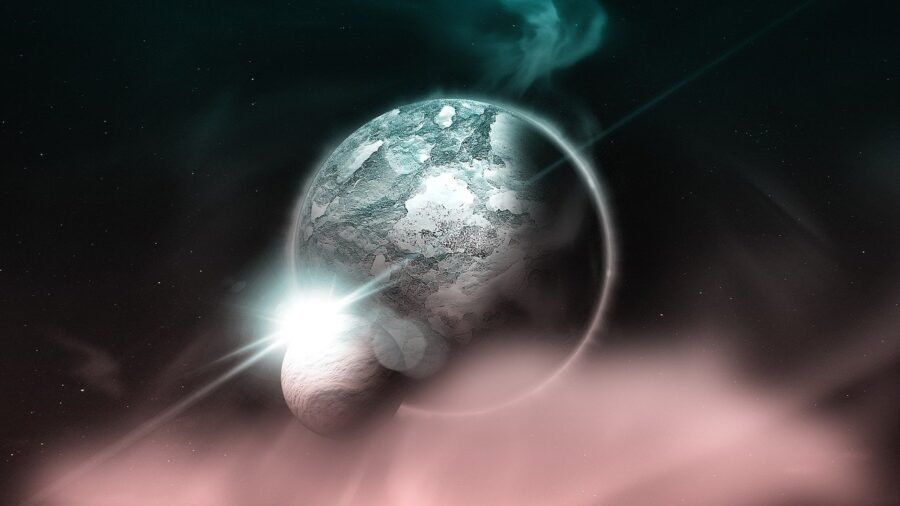Strange Singing Plasma Waves Discovered Around Nearby Planet

Recently, Star Trek: Strange New Worlds had a musical episode that left fans very divided over its premise: that a mysterious cosmic phenomenon would be able to make their favorite characters burst out into sudden song and dance. While that particular type of cosmic shenanigans still firmly puts the “fiction” in “science fiction,” ScienceAlert reports that we may have some singing in our own solar system courtesy of the nearby planet Mercury. Thanks to specialized instruments directed at the planet’s magnetosphere, scientists have now been able to detect singing plasma waves around the planet.
What Do Singing Plasma Waves Sound Like?
How does this singing work, exactly? Known as chorus waves, the actual sounds that scientists have detected in Mercury’s plasma waves sound surprisingly down to Earth. If you were expecting the noises to be cosmically creepy, you may be surprised to discover that they sound much like “chirping and whistling, almost like the singing of birds at dawn and dusk.”
While scientists were relatively surprised to discover these singing plasma waves around Mercury (more on this in a minute), this isn’t the first time such singing has been detected in our own solar system. Such sound has been recorded directly on our own planet as well as Jupiter and Saturn, and scientists have been able to observe the same phenomenon on the more distant planets of Neptune and Uranus.

The singing plasma waves around Mercury came as a surprise, but the scientists are hoping to use their findings to better understand Mercury’s magnetosphere.
There is so much cosmic singing that our solar system could start its own acapella band, but the scientists behind this latest discovery were still surprised to detect the singing in Mercury’s plasma waves because that planet is so very different from the others that we have seen creating cosmic harmony.
As ScienceAlert succinctly puts it, “those other planets have a few things that Mercury does not: thick, lush atmospheres, and permanent radiation belts where solar particles become trapped in a planet’s magnetic field.” The singing plasma waves around Mercury came as a surprise, but the scientists are hoping to use their findings to better understand Mercury’s magnetosphere.
As far as magnetospheres go, though, Mercury hardly has one: thanks to the planet’s proximity to the sun, it lacks any real atmosphere and is brutally buffeted by solar winds and radiation. The scientists investigating these singing plasma waves are hoping their findings may eventually shed light on “how planetary magnetic fields in general are shaped by the solar wind.” In the meantime, they are understandably excited to confirm the existence of the singing plasma waves that the scientific community had long suspected were there.
There is so much cosmic singing that our solar system could start its own acapella band…
The singing plasma waves are also known as “chorus waves,” and they are created when “energetic electrons become trapped in a planet’s magnetosphere, spiraling along the magnetic field lines, and generating waves in the plasma.” Mercury having such waves was previously just a theory, and it was difficult to confirm that theory thanks to how little we know about the nearby planet’s magnetic field.
This team is hoping that further research will help them discover more about “how magnetized planet environments are shaped by the solar wind in our Solar System,” but we’ve one request: if their research makes us break out into song and dance like what happened in Star Trek, we’re hoping for more of a breakaway pop hit than a book number.











